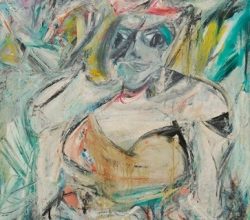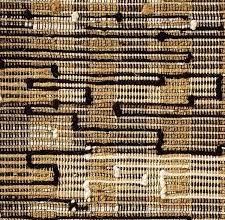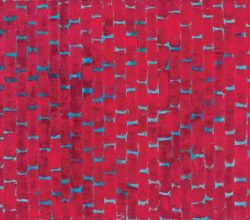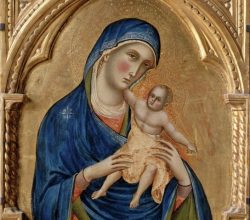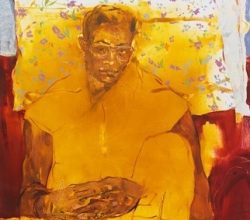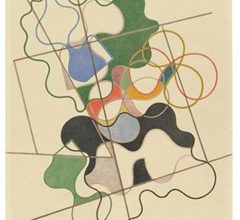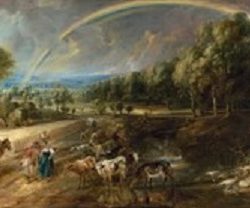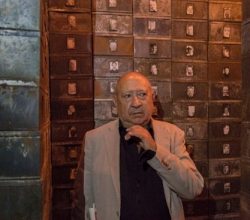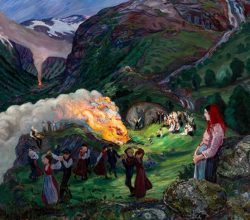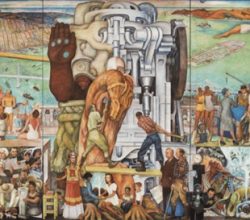
A towering figure in South Korean art plans his legacy
Andrew Russeth | The Japan Times | 3rd July 2021
One might expect Park Seo-Bo’s art to reference Korea’s turbulent history. Quite the opposite – his contribution to Dansaekhwa, Korea’s ascetic painting style, came out of an effort to “empty myself completely”. Approaching a work with a “lack of purpose in action”, he has created abstractions with mark making of “endless action and infinite repetition.” These acclaimed, shimmering works are, he hopes, a way to “stabilise the audience and restore them to peace”.

